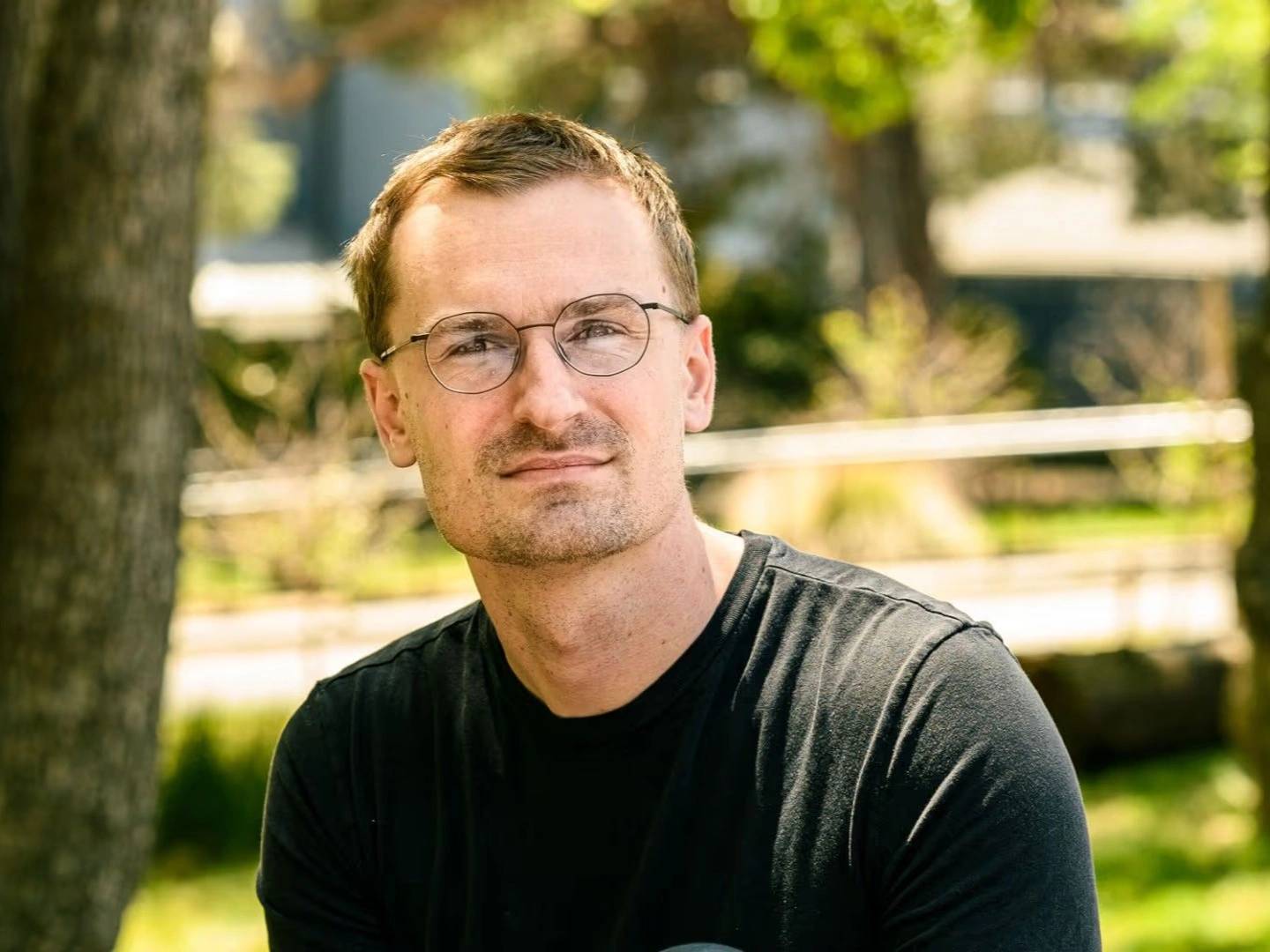订阅 wiki
Share wiki
Bookmark
Jesse Pollak
Jesse Pollak
Jesse Pollak 是 Base 的创建者,Base 是由 Coinbase 孵化的 Ethereum Layer 2 区块链。 他担任 Coinbase 的工程副总裁,负责领导 Base 和 Coinbase 钱包团队,并且是公司执行团队的成员。 [1] [2]
教育
Jesse Pollak毕业于波莫纳学院,获得计算机科学学士学位,曾参与校足球队、波莫纳风险投资公司和Hack!组织。
此前,他就读于西德威尔友谊学校,担任环境俱乐部负责人、机器人团队成员和校足球队队长。 [18]
职业生涯
Pollak的早期职业生涯包括在BuzzFeed担任工程师。之后,他共同创立了Clef,该公司为加密货币行业开发无密码和双因素身份验证解决方案。2017年,Coinbase收购了Clef,Pollak加入该公司担任工程经理,最初领导一个专注于Coinbase网站的小团队。 [3] [4] [5]
大约从2017年到2021年中,Pollak担任Coinbase面向消费者的工程主管。在此期间,他负责监督工程团队,负责开发和扩展公司的主要零售产品,包括主要的Coinbase平台、Coinbase Pro和Coinbase Wallet。在他的任期内,他的团队从一个小团队发展到大约200人。之后,Pollak转任协议主管,领导创建和启动Base的计划,Base是由Coinbase孵化的以太坊 Layer 2网络。Base主网于2023年8月正式启动。2024年9月30日,Pollak宣布他的职责范围扩大到包括领导Coinbase Wallet,这是他之前担任的职位,并且他已加入Coinbase执行团队。 [6] [7] [8] [9] [18]
Base
作为 Base 的创建者和领导者,Pollak 监督了其发展成为一个著名的 Layer 2 网络。Base 建立在由 Optimism 集体开发的开源 OP Stack 之上,旨在为构建链上应用程序提供安全、低成本和对开发者友好的环境。Pollak 对该网络的愿景体现在其核心原则中:成为“一座桥梁,而非孤岛”,强调在更广泛的 区块链 生态系统中的互操作性。 [10] [11]
在 Pollak 的领导下,Base 采取了多项战略举措。在 2025 年 9 月 15 日的 BaseCamp 会议上,他宣布团队“开始探索”推出原生网络代币。这标志着该项目此前公开立场的重大转变,此前该项目一直表示没有代币计划。对此探索的既定理由是加速网络的去中心化并扩大构建者的机会。同一天,Pollak 还宣布推出一个通往 Solana 生态系统的开源桥梁,允许在这两个网络之间转移资产,以增强跨链实用性。 [10] [12]
哲学和公开立场
保罗·波拉克 (Pollak) 是增加区块链采用的积极倡导者,经常表示他的使命是“让十亿人和一百万建设者上链”。他的核心信念,通常用“链上即未来”这句话来概括,认为区块链技术代表了互联网的下一个进化阶段。他还阐明了一种他称之为“Base 方式”的开发理念,该理念强调公开构建并与社区公开协作。当他宣布对 Base 代币进行早期探索时,这一点得到了强调,他表示,尽管有人建议对计划保密,但团队选择“公开进行”并与社区“一起解决”。[9] [12]
波拉克 Base 战略的核心原则是“创作者优先”的方法。他公开表示,创作者和开发者是生态系统的首要任务,并认为金融和交易活动是“创造力的下游”。这种理念表明,通过营造创新和建设的环境,可持续的链上经济自然会涌现。他更喜欢使用“链上”和“链下”这两个术语,而不是“去中心化”和“中心化”,认为前者更准确地描述了通常包含两者元素的现代系统。[13] [7]
公共辩论与争议
排序器监管
2025年9月,在美国证券交易委员会(SEC)委员海丝特·皮尔斯提出,具有中心化组件的Layer 2网络可能作为交易所面临监管审查后,Pollak公开阐述了一个技术上的反驳。他解释说,Base排序器的功能是以先进先出的方式对交易进行排序,并将它们批量处理到以太坊 主网进行结算。他将此与金融交易所的撮合引擎的功能区分开来,后者将买单和卖单配对。Pollak强调,交易逻辑和执行发生在构建在Base上的智能合约内的应用层,而不是在排序器层。他还指出,用户保留绕过Base排序器并通过以太坊的Layer 1直接向网络提交交易的能力,这是一项旨在确保抗审查性的功能。 [14]
"Content Coin" 活动
2025年4月,Base在社交媒体平台X上的官方账号发起了一项营销活动,其中一条帖子使用Zora协议自动铸造成名为“Base is for everyone”的可交易代币。该代币经历了极端的价格波动,在数小时内市值达到近1700万美元,随后价值下跌超过90%。该事件因其被认为的不负责任而受到批评。事后,Pollak与Pump.fun的联合创始人Alon Cohen之间展开了一场公开辩论,后者认为交易者是加密货币中最重要的用户群体。Pollak捍卫了他以创作者为先的理念,重申他的重点仍然是建设者。当社区成员猜测该活动是为了在Zora推出代币之前提高链上活动而协调时,Pollak否认了任何协调,并表示该活动是在一天之内在内部开发和启动的。[13]
面试
构建Base:生态系统增长和扩展 #01
2023年5月15日,Jesse Pollak在Variant的YouTube频道上接受了Medha Kothari的采访,作为Variant Network系列的一部分。在这次对话中,他概述了他对创建Base,Coinbase的Ethereum Layer 2网络,以及扩展区块链基础设施的更广泛方法。
Pollak表示,Base被设计为一个开放和无需许可的环境,在OP Stack上开发,以支持广泛的应用程序。他描述了与去中心化相关的技术措施,包括多重签名升级机制、输出证明和故障证明。他还指出Coinbase作为OP Stack的核心开发者的参与,以及它参与与Optimism Collective的链上收入分成安排。
Pollak借鉴他在Coinbase内部的经验,讨论了组织增长,提到了公司工程团队从一个小团队扩展到200多名成员。他强调了逐步扩展的重要性,建议限制招聘速度,以避免集成挑战。他进一步观察到,中心化和去中心化实体可以在同一生态系统中运作,Coinbase作为中心化参与者参与支持去中心化网络。
Pollak还描述了一个开发者参与Base的框架,该框架分阶段向外扩展:从内部Coinbase团队开始,然后扩展到校友和投资组合公司,然后是加密原生开发者,最后到达加密领域之外的组织。这种方法被认为是一种随着时间的推移扩大采用的方式。
此外,他还提到了Coinbase从主要在链下管理的系统转向越来越多地在链上的基础设施。他表示,Base与OP Stack一起,是这种转变的一部分,他认为这将有助于区块链网络之间更大的可访问性和互操作性。Pollak将此称为朝着“超级链”结构发展的长期发展的一部分,在这种结构中,多个网络共享底层基础设施。 [20]
Jesse Pollak 谈 Coinbase Base #02
2025 年 7 月 16 日,Jesse Pollak 参加了 The Network State Podcast,概述了他对 Base、Coinbase 的 Ethereum Layer 2 区块链 的创建和作用的看法。他将 Base 描述为旨在实现低成本交易的基础设施,在没有原生代币的情况下运行,并强调开发人员的可扩展性和可用性。
Pollak 解释说,Base 采用乐观 Rollup 和补充验证机制,包括 零知识证明 和可信执行环境,以解决成本效率和去中心化问题。他将该系统描述为旨在增加可能的区块链操作范围(称为“动词”)的系统,例如购买、销售、铸造或 质押,这些操作可由不同应用程序的开发人员实施。
他将 Base 的开发与更广泛的数字治理和网络状态概念联系起来,表明 区块链 技术可以为在线社区、产权和替代组织形式提供框架。在这种背景下,他提到了 Network School 和 Base Batches 等举措,这些举措旨在为各个地区的开发人员提供培训、指导和支持。
讨论还涉及将 现实世界资产(包括股票和 稳定币)集成到区块链系统中。Pollak 将此视为使传统市场与链上基础设施保持一致的一步。最后,他向建设者发表了讲话,指出统计学和计算机科学等领域的技术培训的重要性,并强调参与 区块链 生态系统可以采取多种形式,而不仅限于成立公司。 [19]
发现错误了吗?
